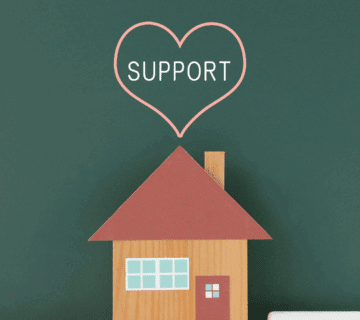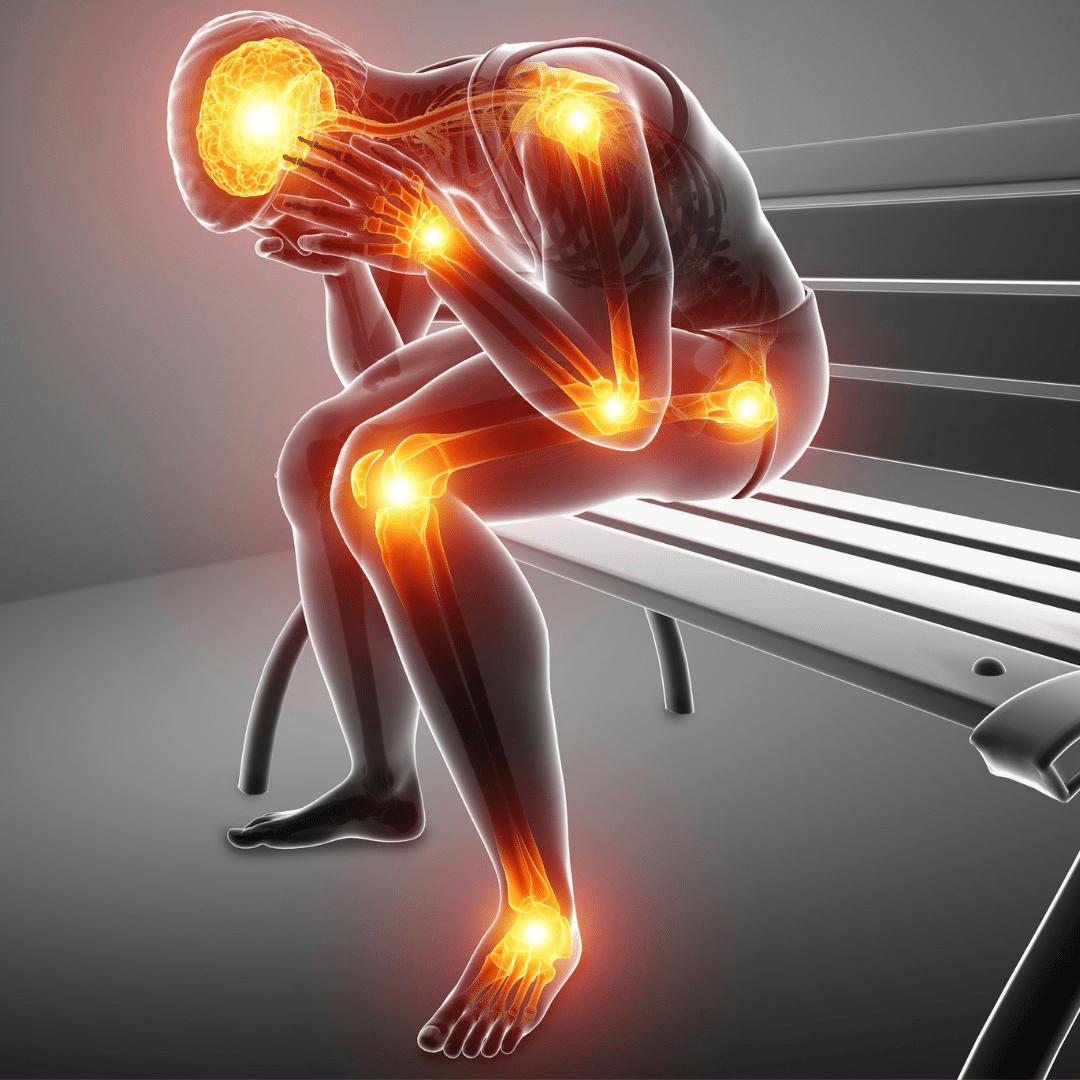Living with Parkinson’s disease brings unique challenges, especially when it comes to mobility, balance, and safety. Fortunately, modern technology can help make life a little easier and more comfortable. Let’s explore some practical ways smart devices and simple home updates can support people with Parkinson’s and offer peace of mind to their loved ones.
Medication Management
Staying on top of medication schedules is very important in Parkinson’s care. Automated medication dispensers and reminder apps (like My KP Meds, for example) help ensure medicine is taken correctly and on time, while lockable pillboxes and medicine cabinets protect prescriptions from interference and keep them from getting lost.
Meal Prep
Grocery and meal delivery apps are a fantastic way to cut down the number of daily errands and provide a stocked pantry with less effort. If cooking is physically demanding, smart appliances such as ovens and microwaves with programmable features can automate parts of the process, reducing the need for prolonged standing or bending.
Transportation
As we age, driving may become unsafe or no longer feasible. Rideshare services like Uber and Lyft, along with public transit apps, can preserve independence once driving is off the table. Consider using these options regardless of driving ability during times of high physical and mental discomfort. Sitting back and enjoying the ride is a powerful way to relieve the stress of travel.
Fall Prevention
Falls are one of the most common and serious risks for people living with Parkinson’s. Muscle stiffness, slowed movement, and balance issues can make everyday hazards like cluttered floors, dim lighting, or steep stairs much more dangerous. Wearable devices such as GPS trackers, bracelets, or smartwatches can alert caregivers to someone’s location, while call detection devices and smart speakers can request help immediately after a fall. It’s a good idea for those living with gait difficulties to carry a call device anytime there’s a risk of falling.
In addition to smart technology, these simple home adjustments can greatly reduce fall risks:
- Floors – Remove clutter, move pet bowls and toys out of walkways, and secure rugs with non-slip backing
- Kitchen – Store frequently used items within easy reach and use a sturdy step stool when necessary
- Bathroom – Install grab bars, nonslip mats, and consider a shower chair
- Stairs – Install good lighting and add handrails on both sides
- Bedroom – Keep a phone or fall alert device by the bed and ensure its within easy reach
- Outside – Add motion sensor lights near doorways, steps, and gates
When to Ask for Help
While smart technology offers meaningful solutions for Parkinson’s patients who want to live independently at home, it’s not a substitute for human support. If you or a loved one struggles with home safety, it may be time to discuss additional options with your healthcare team. Sometimes a higher level of living assistance is required, and it’s best to identify that as early as possible to reduce the risk of injury.
By combining technological support with practical fall-prevention strategies and human interventions, we can create safer, more comfortable environments for those living with Parkinson’s.



